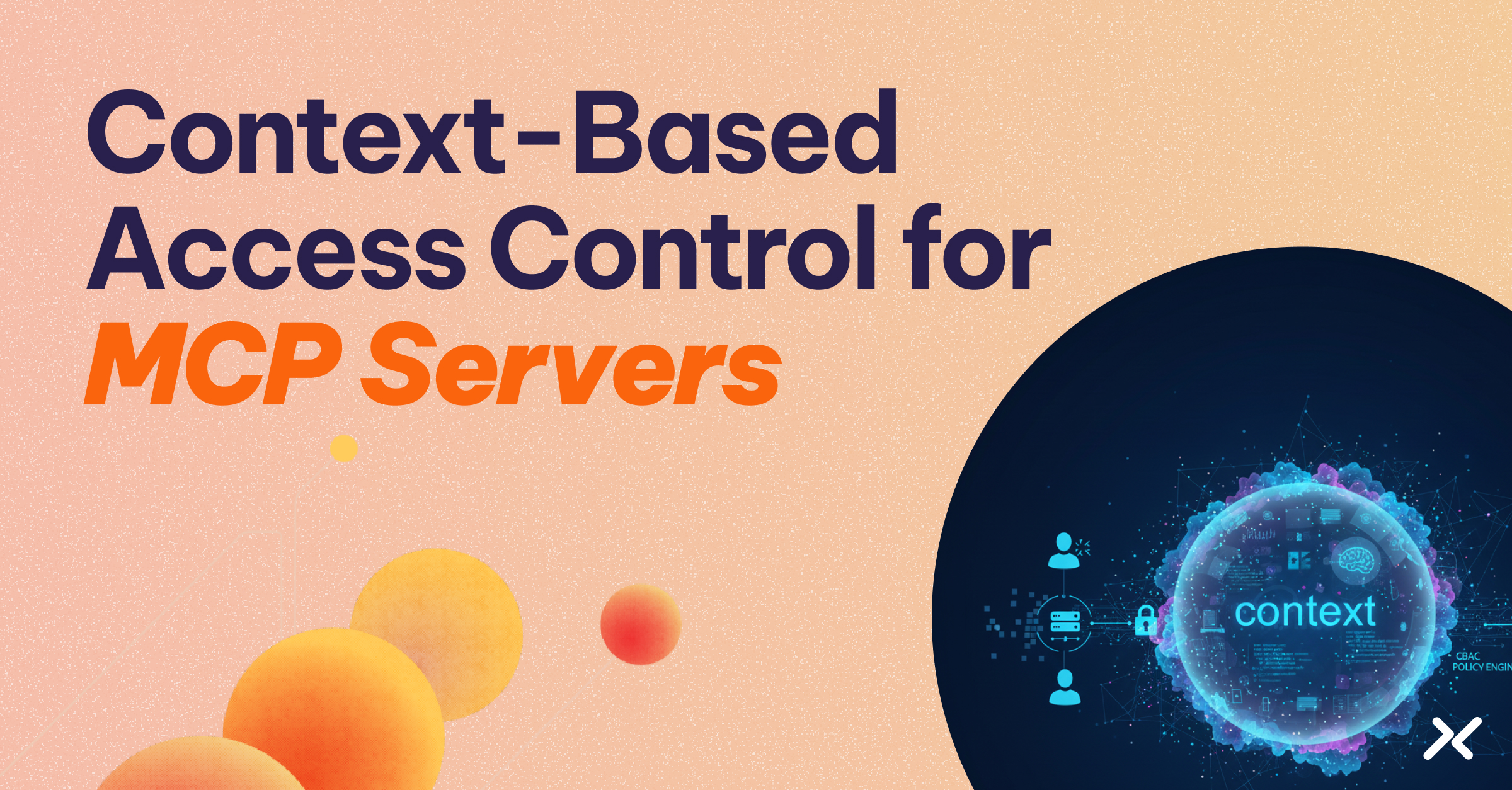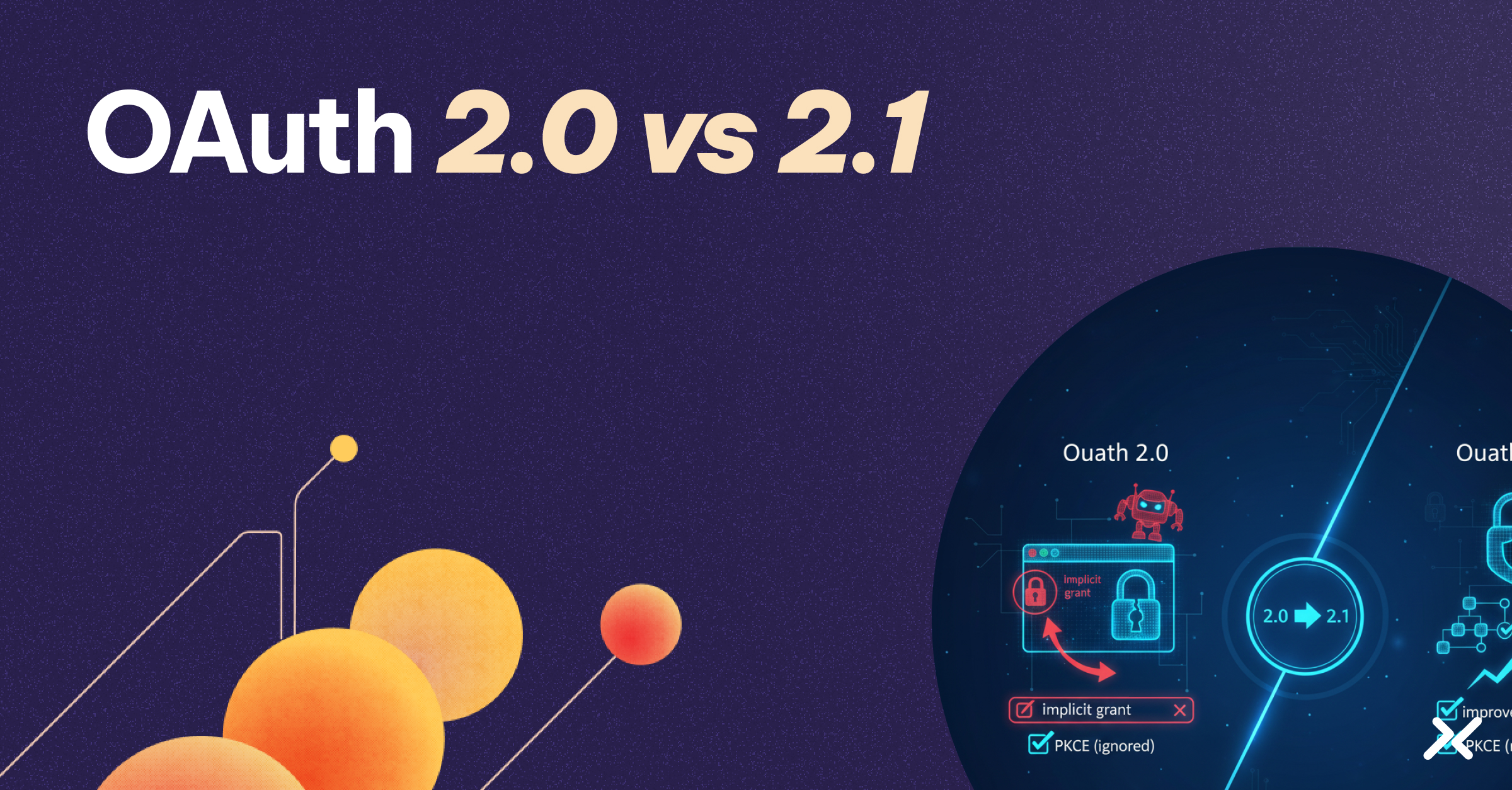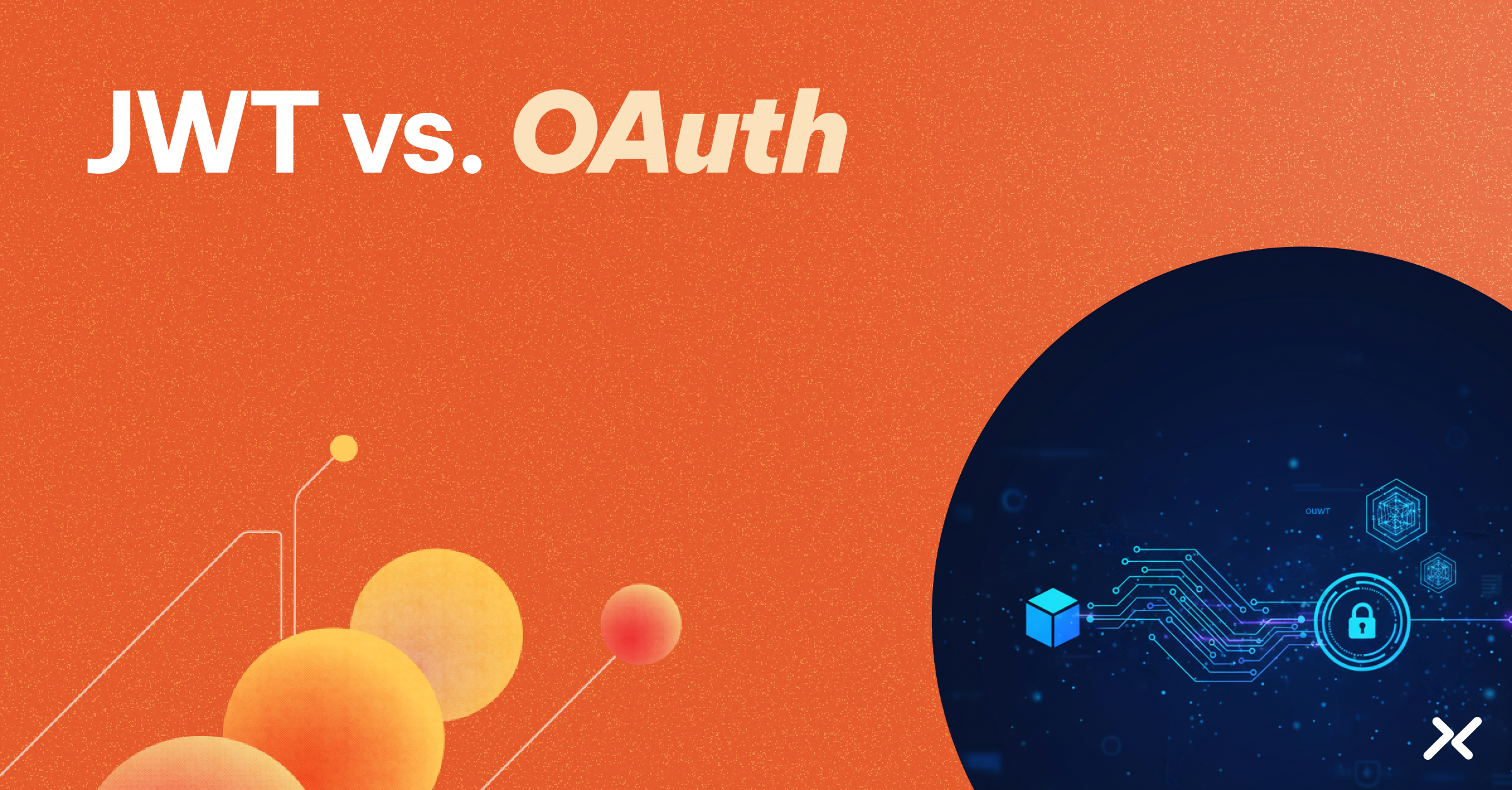Discovering exposed secrets in your codebase is just the beginning. Knowing how to remediate them quickly and securely is what prevents data breaches. With organizations managing thousands of secrets across cloud environments, a systematic approach to remediation can mean the difference between a minor security incident and a major breach.
With the increasing complexity of cloud environments and the proliferation of APIs, exposed secrets have become a widespread concern, yet many organizations lack standardized remediation processes.
This guide provides a comprehensive framework for addressing exposed secrets, from immediate containment to long-term prevention strategies.
Understanding the Secret Remediation Challenge
Secret remediation goes beyond simply removing exposed credentials from code.
It involves a coordinated response that addresses immediate security risks while establishing processes to prevent future exposures.
The challenge lies in balancing speed with thoroughness — moving quickly enough to contain threats while ensuring complete cleanup.
The Real Cost of Delayed Remediation
When secrets are exposed, time is critical. Every minute a credential remains active increases the potential for exploitation:
- Credential harvesting: Automated bots scan public repositories continuously, often detecting exposed secrets within minutes of commit.
- Lateral movement: Compromised credentials can provide access to multiple systems and data sources.
- Persistent access: Long-lived secrets give attackers extended windows to establish backdoors or extract sensitive data.
- Compliance violations: Exposed credentials can trigger audit findings and regulatory penalties.
Common Remediation Mistakes
Organizations often make critical errors during remediation that can extend exposure windows, create downtime, or create new vulnerabilities:
- Incomplete rotation: Changing secrets without updating all dependent systems.
- Inadequate revocation: Failing to immediately disable exposed credentials.
- Poor documentation: Not tracking what was exposed, when, and to whom.
- Missing monitoring: Lack of systems to detect unauthorized use of compromised credentials.
Why Remediation Gets Delayed: Team-Specific Challenges
Understanding why secret remediation often takes longer than necessary helps organizations address the root causes of delays. Each team faces unique obstacles that can slow down response times.
Security teams often discover exposed secrets but lack deep application knowledge to understand their full impact. They may hesitate to immediately revoke credentials, fearing they’ll break critical production services without proper coordination with application owners.
Development teams are focused on shipping features and may view secret remediation as another security task competing with delivery deadlines. Without clear context about a secret’s dependencies and usage patterns, they may delay remediation while investigating potential impacts.
DevOps and Platform teams prioritize system uptime and deployment velocity. They need remediation processes that integrate seamlessly with CI/CD workflows and don’t disrupt automated deployment pipelines. Lack of clear documentation about secret dependencies can significantly slow their response.
IAM administrators manage permissions at scale but often have limited visibility into individual application secrets embedded in microservices or legacy systems. They may not even be aware that certain credentials exist outside their centralized identity management systems.
GitGuardian’s recent secret sprawl report found that a staggering 70% of secrets discovered in 2022 were still valid in 2024, highlighting how remediation delays can leave organizations exposed for extended periods.
The Tools That Shape Your Remediation Workflow
Remediating exposed secrets is about coordinating actions across detection, storage, infrastructure, and teams. The tools your organization uses define how quickly you can respond, how much can be automated, and how sustainable your approach is long term.
1) Secret Scanning Tools
Tools like GitGuardian, TruffleHog, and GitHub Advanced Security alert teams when secrets appear in code, repos, logs, or pipelines.
They serve as the starting point for most remediation efforts and often integrate directly with Git workflows and ticketing systems.
2) Secrets Management Platforms (Vaults)
Vaults centralize secret storage and allow access via secure APIs. They support access control, rotation, expiration, and auditing. Vault-managed secrets can often be revoked or rotated without touching application code.
3) Workload Identity and Access Management Platforms
Workload IAM removes the need for distributing secrets altogether. Services authenticate based on workload identity, security posture, or runtime metadata, not static credentials. This makes secret remediation simpler or even unnecessary when access is already identity-bound.
4) Automation and Orchestration Systems
Automation tools, such as GitHub Actions, GitLab CI, Ansible, and Terraform, coordinate remediation steps across environments. Incident response platforms like PagerDuty help track ownership and progress under pressure. These systems can:
- Trigger credential revocation or rotation automatically when leaks are detected
- Deploy new secrets to apps and environments in sync
- Assign remediation tasks across teams
- Ensure that no action is missed during fast-moving incidents
70% of secrets discovered in 2022 were still valid in 2024.
– GitGuardian, The State of Secrets Sprawl 2025
What a Typical Secret Remediation Process Looks Like
Context is everything when responding to exposed secrets, and your response will depend heavily on the tools you have in place. Finding a leaked credential is like discovering a loose key on the ground: you need to know what it unlocks, who relies on it, and how access is managed.
While the core remediation phases tend to follow a consistent pattern, containing the risk, rotating the secret, cleaning up traces, the exact steps vary depending on whether you’re using secret scanners, a vault, workload identity, or none of the above.
Phase 1: Immediate Assessment and Containment
Secret remediation usually begins with an alert from a scanning tool, triggered during a commit, pipeline run, or repo audit. This phase is about rapid investigation, access revocation, and coordination. It should be completed within minutes to hours of discovery.
Assessment Tasks:
- Validate the alert: Confirm the secret type (API key, DB password, token, cert), and whether it’s a false positive.
- Assess exposure scope: Identify where the secret was exposed — public repo, internal logs, CI/CD outputs, config files.
- Check credential status: Is it active? Is it managed by a vault, embedded in code, or part of a secretless system?
- Determine access impact: What systems, data, or services are accessible using the credential?
- Identify ownership and context: Which team owns the workload? Where is the secret used? Does it power automation or production traffic?
Containment Actions:
- If the secret is managed by a vault:
- Revoke it using the vault’s API or UI
- For dynamic secrets, verify lease expiration or forcibly invalidate tokens.
- If the secret is unmanaged (e.g., hardcoded or in plaintext config):
- Manually revoke it via the cloud provider, SaaS platform, or infrastructure tool.
- If workload IAM is in use:
- Confirm whether the affected access is actually tied to a static credential or handled through policy-based identity.
- If the secret is redundant, deprecate and remove it entirely.
- Monitor for suspicious behavior:
- Review access logs (CloudTrail, database query logs, API requests) for anomalies during the exposure window.
- Automate response where possible:
- Use CI/CD tools or incident response platforms to trigger revocation tasks, notify stakeholders, or begin scripted triage steps.
- Use Workload IAM tools to proactively disable the access policy temporarily while you stabilize the situation. (Note this may impact operations, so do this in a coordinated fashion with operations).
- Document the incident:
- Capture exposure context, timeline, actions taken, and affected systems for follow-up analysis and compliance.
Phase 2: Complete Secret Rotation
Once the threat is contained, the next step is to rotate the exposed credential across all systems that depend on it.
Tooling plays a critical role in minimizing downtime and preventing configuration drift.
Rotation Steps:
- Generate a replacement credential:
- Use your secrets manager or identity provider to issue a strong, unique secret.
- Prefer short-lived credentials where supported, or use dynamic secrets if available via your vault.
- Note that if you are using Identity Federation from your cloud provider, Oauth tokens, or OIDC, your system may be automatically expiring tokens rapidly and provisioning new ones.
- Update consuming systems:
- If using a vault, inject the new secret via environment templates, service mesh, or config sync tools.
- If unmanaged, update secrets manually in CI/CD pipelines, infrastructure-as-code (IaC) files, and environment variables.
- Prioritize production environments:
- Focus on restoring uptime and avoiding user impact.
- Use automation to deploy changes consistently across infrastructure.
- Verify functionality:
- Run health checks or integration tests to ensure services authenticate correctly.
- Validate telemetry to confirm there are no fallback failures to the revoked secret.
- Update staging and development environments:
- Reuse the new secret or generate scoped credentials per environment.
- Align secrets rotation workflows to avoid dev/prod mismatch.
Phase 3: Thorough Cleanup and Removal
Rotating a secret isn’t enough — you also need to eliminate every reference to the old credential. Otherwise, future developers or automation systems may unknowingly reintroduce it.
Code and Repo Cleanup:
- Remove the secret from working code: Replace inline secrets with secure references to vault-managed or injected values.
- Purge it from history: Use tools like git-filter-repo or BFG to scrub version control history.
- Sanitize commit messages and tags: Ensure metadata doesn’t retain exposed values.
- Notify teammates: Ask developers to rebase or reset their local branches to avoid reintroducing the secret.
Infrastructure and Config Cleanup:
- Clear secrets from config files: Remove from Terraform, Ansible, Helm charts, etc.
- Clean up logs and build artifacts: Sanitize console output, test logs, or compiled assets that may include sensitive data.
- Update internal documentation: Remove deprecated credentials from wikis, runbooks, and shared dashboards.
- Check backups and snapshots: Validate that old secrets aren’t stored in archives or rollback images.
If using workload IAM:
- Decommission fallback credentials: If identity-based authentication is already in place, remove any unused static secrets entirely to reduce attack surface.
- Audit access policies: Confirm that workload access rules align with updated authentication flows.
Building a Sustainable Remediation Program
Effective secret remediation extends beyond incident response. It requires embedding security practices into your organization’s culture and daily operations.
By treating each incident as a learning opportunity, your organization can transform secret exposures from potential disasters into manageable events while building a more secure infrastructure.
Conduct regular process reviews, invest in team training, and evaluate new tools to stay ahead of evolving threats. Strong cross-team collaboration between security, development, and operations teams is essential for rapid response.
Implement shift-left security practices, make secure secret management the default choice for developers, and reward proactive security improvements. When secure practices are easier than insecure ones, adoption happens naturally.
The Workload IAM Company
Manage Access, Not Secrets
Boost Productivity, Slash DevSecOps Time
No-Code, Centralized Access Management




